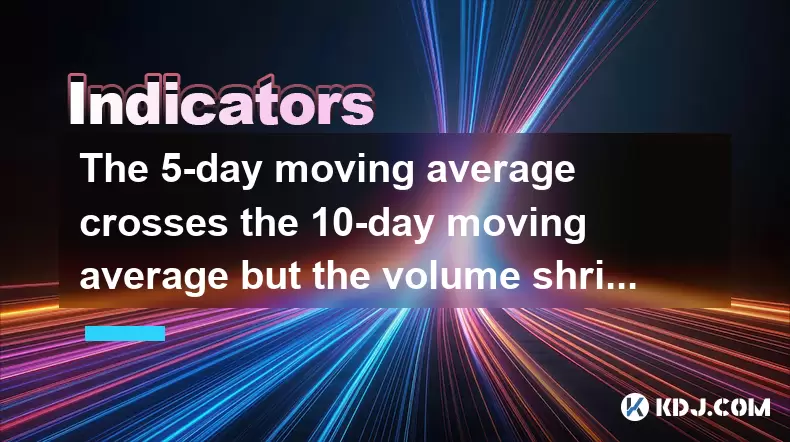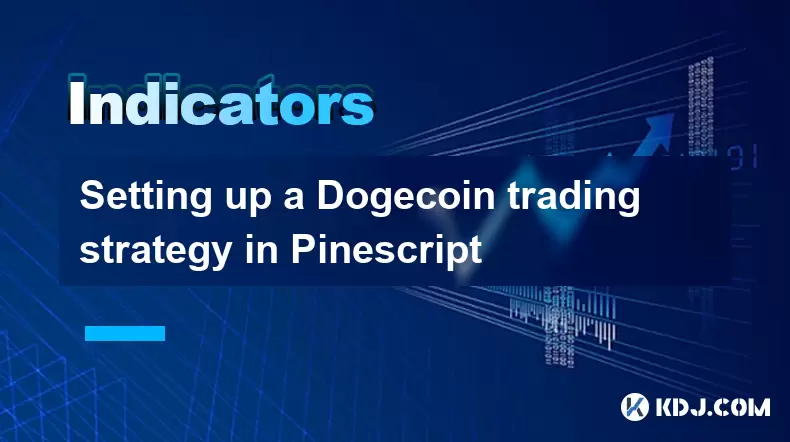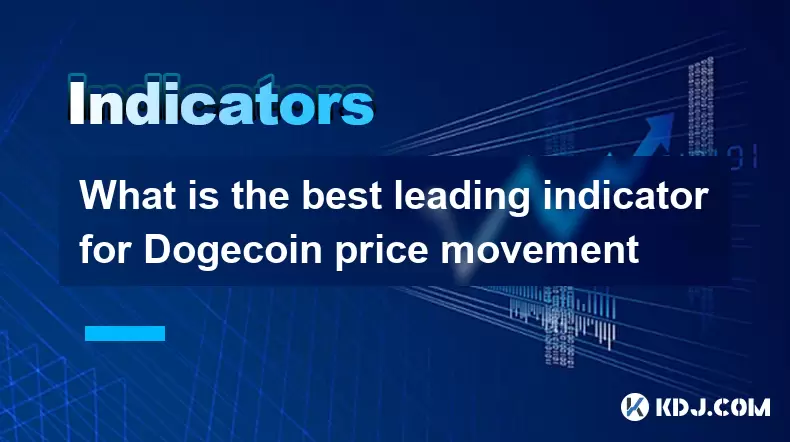-
 Bitcoin
Bitcoin $108,641.9143
0.44% -
 Ethereum
Ethereum $2,539.5956
0.97% -
 Tether USDt
Tether USDt $1.0007
0.04% -
 XRP
XRP $2.2777
2.50% -
 BNB
BNB $660.2073
0.79% -
 Solana
Solana $151.1059
2.08% -
 USDC
USDC $1.0004
0.05% -
 TRON
TRON $0.2838
-0.03% -
 Dogecoin
Dogecoin $0.1698
3.57% -
 Cardano
Cardano $0.5835
1.74% -
 Hyperliquid
Hyperliquid $39.4787
0.07% -
 Sui
Sui $2.9330
1.09% -
 Bitcoin Cash
Bitcoin Cash $489.1023
1.31% -
 Chainlink
Chainlink $13.3775
1.61% -
 UNUS SED LEO
UNUS SED LEO $9.0201
-0.04% -
 Avalanche
Avalanche $18.2176
2.06% -
 Stellar
Stellar $0.2417
1.98% -
 Toncoin
Toncoin $2.9355
7.33% -
 Shiba Inu
Shiba Inu $0.0...01181
3.23% -
 Litecoin
Litecoin $87.9775
1.54% -
 Hedera
Hedera $0.1569
1.54% -
 Monero
Monero $316.0995
1.13% -
 Polkadot
Polkadot $3.3970
1.36% -
 Dai
Dai $1.0002
0.02% -
 Ethena USDe
Ethena USDe $1.0002
0.00% -
 Bitget Token
Bitget Token $4.4094
0.33% -
 Uniswap
Uniswap $7.4035
6.32% -
 Pepe
Pepe $0.0...01016
4.88% -
 Aave
Aave $275.5935
1.55% -
 Pi
Pi $0.4565
-0.89%
The 5-day moving average crosses the 10-day moving average but the volume shrinks. Do you need to stop loss?
A 5-day and 10-day moving average crossover can signal trend shifts, but low volume may indicate weak momentum and increase risk of false signals.
Jul 02, 2025 at 10:14 am

Understanding the 5-Day and 10-Day Moving Average Crossover
In technical analysis, moving averages are essential tools used to identify potential trend reversals or continuations. When the 5-day moving average crosses above or below the 10-day moving average, traders often interpret this as a signal for a possible shift in price momentum. This phenomenon is commonly referred to as a golden cross (bullish) or death cross (bearish) depending on the direction of the crossover.
However, it’s important to note that these signals are not foolproof. The crossover itself does not guarantee a profitable trade, especially when other indicators like volume do not confirm the move. In many cases, a shrinking volume during such crossovers can indicate weak participation from market participants, which may suggest a false signal.
Why Volume Matters During Moving Average Crossovers
Volume plays a crucial role in confirming the strength of any price movement. When the 5-day moving average crosses the 10-day moving average, but volume shrinks instead of expanding, it raises concerns about the validity of the trend. A healthy uptrend or downtrend should be accompanied by increasing volume, as more traders are participating in the move.
Conversely, if the volume decreases during a crossover, it could imply that:
- Institutional players are not actively supporting the move.
- Retail traders might be pushing the price without strong backing.
- The market lacks conviction behind the new trend.
This lack of confirmation from volume can lead to whipsaws or short-lived trends, making it risky to hold positions based solely on the moving average crossover.
Interpreting Price Action Around the Crossover
To better understand whether a stop loss is necessary, it's essential to look at the price action around the time of the crossover. Traders should ask themselves:
- Is the crossover occurring near a key support or resistance level?
- Has the price already moved significantly before the crossover?
- Are there signs of rejection or consolidation?
If the price fails to break out decisively after the crossover, and volume remains low, then the likelihood of a reversal increases. In such situations, setting a stop loss becomes a prudent risk management strategy, especially if you entered a trade based on the initial crossover signal.
Moreover, crypto markets are highly volatile, and sudden moves can wipe out profits quickly. Therefore, traders must always consider price context alongside technical indicators.
Evaluating Risk-to-Reward Ratio Before Deciding on Stop Loss
Before deciding whether to implement a stop loss, traders should evaluate their risk-to-reward ratio. If the potential reward outweighs the risk, holding through minor retracements might be justifiable. However, if the risk is disproportionately higher than the expected gain, then cutting losses early could preserve capital.
Consider the following steps:
- Measure the distance between your entry point and the nearest swing high/low.
- Assess how much price has already moved in your favor.
- Determine where a logical stop loss would sit based on recent volatility.
In scenarios where volume shrinks during a moving average crossover, it's often wise to place a tighter stop loss to protect against sudden reversals. That way, even if the trend resumes later, you're not exposed to unnecessary downside.
How to Set a Stop Loss Based on Technical Levels
Setting an effective stop loss involves more than just placing it randomly below or above the entry price. Instead, use the following approach:
- Identify key support/resistance levels near your entry.
- Place the stop loss slightly beyond those levels to avoid premature exits.
- Use recent price swings or candlestick patterns to fine-tune your stop placement.
For example, if the 5-day MA crosses above the 10-day MA, but volume is declining, you might place your stop loss just below the most recent swing low. This ensures that if the price breaks down further, your position is closed automatically.
Another method involves using volatility-based stops, such as placing the stop loss at a certain percentage away from the current price. Tools like ATR (Average True Range) can help determine a suitable distance for your stop loss.
Frequently Asked Questions
Q: Can I ignore volume if the moving average crossover looks strong?
No, volume should never be ignored. It confirms the strength of any price movement. A strong-looking crossover with low volume could easily reverse, leading to unexpected losses.
Q: Should I close my entire position if volume shrinks during a crossover?
Not necessarily. You can consider scaling out of part of your position while keeping the rest with a tighter stop loss. This allows you to lock in some profit while still participating in a potential trend continuation.
Q: How long should I wait before confirming if a crossover is valid?
Typically, waiting for 1–2 additional candlesticks after the crossover can provide clarity. If volume picks up and price continues in the expected direction, the signal is more reliable.
Q: Do all cryptocurrencies behave the same way during moving average crossovers?
No, different cryptocurrencies exhibit varying degrees of liquidity and volatility. High-cap coins like Bitcoin and Ethereum tend to have more reliable crossovers due to stronger volume participation, whereas smaller altcoins may show frequent false signals.
Disclaimer:info@kdj.com
The information provided is not trading advice. kdj.com does not assume any responsibility for any investments made based on the information provided in this article. Cryptocurrencies are highly volatile and it is highly recommended that you invest with caution after thorough research!
If you believe that the content used on this website infringes your copyright, please contact us immediately (info@kdj.com) and we will delete it promptly.
- Litecoin Breakout Watch: What Traders Need to Know Now
- 2025-07-06 16:50:13
- Bitcoin, Solana, Ethereum: Decoding the Latest Buzz on the Blockchain
- 2025-07-06 16:50:13
- Widnes Resident's 50p Could Be Your Ticket to Easy Street: Rare Coin Mania!
- 2025-07-06 16:55:13
- Bitcoin, Solaris Presale, and Token Rewards: What's the Buzz?
- 2025-07-06 16:55:13
- Ethereum Under Pressure: Price Drop Amid Global Uncertainties
- 2025-07-06 17:00:13
- XRP, SEC Case, and Prosperity: A New Era for XRP Holders?
- 2025-07-06 17:10:13
Related knowledge

How to spot manipulation on the Dogecoin chart
Jul 06,2025 at 12:35pm
Understanding the Basics of Chart ManipulationChart manipulation in the cryptocurrency space, particularly with Dogecoin, refers to artificial price movements caused by coordinated trading activities rather than genuine market demand. These manipulations are often executed by large holders (commonly known as whales) or organized groups aiming to mislead...

What is the significance of a Dogecoin engulfing candle pattern
Jul 06,2025 at 06:36am
Understanding the Engulfing Candle Pattern in CryptocurrencyThe engulfing candle pattern is a significant technical analysis tool used by traders to identify potential trend reversals in financial markets, including cryptocurrencies like Dogecoin. This pattern typically consists of two candles: the first one is relatively small and indicates the current...

Dogecoin monthly chart analysis for long term investors
Jul 06,2025 at 10:08am
Understanding the Dogecoin Monthly ChartFor long-term investors, analyzing the monthly chart of Dogecoin (DOGE) provides a macro view of its price behavior over extended periods. The monthly chart captures major trends, key resistance and support levels, and potential reversal zones that are crucial for strategic investment planning. Unlike daily or hou...

How to manage risk using ATR on Dogecoin
Jul 06,2025 at 02:35am
Understanding ATR in Cryptocurrency TradingThe Average True Range (ATR) is a technical indicator used to measure market volatility. Originally developed for commodities, it has found widespread use in cryptocurrency trading due to the high volatility inherent in digital assets like Dogecoin (DOGE). The ATR calculates the average range of price movement ...

Setting up a Dogecoin trading strategy in Pinescript
Jul 06,2025 at 05:00pm
Understanding Dogecoin and Its Place in the Cryptocurrency MarketDogecoin (DOGE) is a decentralized, peer-to-peer cryptocurrency that was initially created as a joke but has since gained significant traction in the crypto market. Despite its humorous origins, Dogecoin has been adopted by a large community and supported by notable figures such as Elon Mu...

What is the best leading indicator for Dogecoin price movement
Jul 06,2025 at 06:00pm
Understanding Leading Indicators in CryptocurrencyIn the world of cryptocurrency trading, leading indicators play a crucial role in forecasting price movements before they occur. These tools are used by traders to anticipate potential market changes and make informed decisions. For Dogecoin (DOGE), which is known for its volatile nature and strong commu...

How to spot manipulation on the Dogecoin chart
Jul 06,2025 at 12:35pm
Understanding the Basics of Chart ManipulationChart manipulation in the cryptocurrency space, particularly with Dogecoin, refers to artificial price movements caused by coordinated trading activities rather than genuine market demand. These manipulations are often executed by large holders (commonly known as whales) or organized groups aiming to mislead...

What is the significance of a Dogecoin engulfing candle pattern
Jul 06,2025 at 06:36am
Understanding the Engulfing Candle Pattern in CryptocurrencyThe engulfing candle pattern is a significant technical analysis tool used by traders to identify potential trend reversals in financial markets, including cryptocurrencies like Dogecoin. This pattern typically consists of two candles: the first one is relatively small and indicates the current...

Dogecoin monthly chart analysis for long term investors
Jul 06,2025 at 10:08am
Understanding the Dogecoin Monthly ChartFor long-term investors, analyzing the monthly chart of Dogecoin (DOGE) provides a macro view of its price behavior over extended periods. The monthly chart captures major trends, key resistance and support levels, and potential reversal zones that are crucial for strategic investment planning. Unlike daily or hou...

How to manage risk using ATR on Dogecoin
Jul 06,2025 at 02:35am
Understanding ATR in Cryptocurrency TradingThe Average True Range (ATR) is a technical indicator used to measure market volatility. Originally developed for commodities, it has found widespread use in cryptocurrency trading due to the high volatility inherent in digital assets like Dogecoin (DOGE). The ATR calculates the average range of price movement ...

Setting up a Dogecoin trading strategy in Pinescript
Jul 06,2025 at 05:00pm
Understanding Dogecoin and Its Place in the Cryptocurrency MarketDogecoin (DOGE) is a decentralized, peer-to-peer cryptocurrency that was initially created as a joke but has since gained significant traction in the crypto market. Despite its humorous origins, Dogecoin has been adopted by a large community and supported by notable figures such as Elon Mu...

What is the best leading indicator for Dogecoin price movement
Jul 06,2025 at 06:00pm
Understanding Leading Indicators in CryptocurrencyIn the world of cryptocurrency trading, leading indicators play a crucial role in forecasting price movements before they occur. These tools are used by traders to anticipate potential market changes and make informed decisions. For Dogecoin (DOGE), which is known for its volatile nature and strong commu...
See all articles

























































































